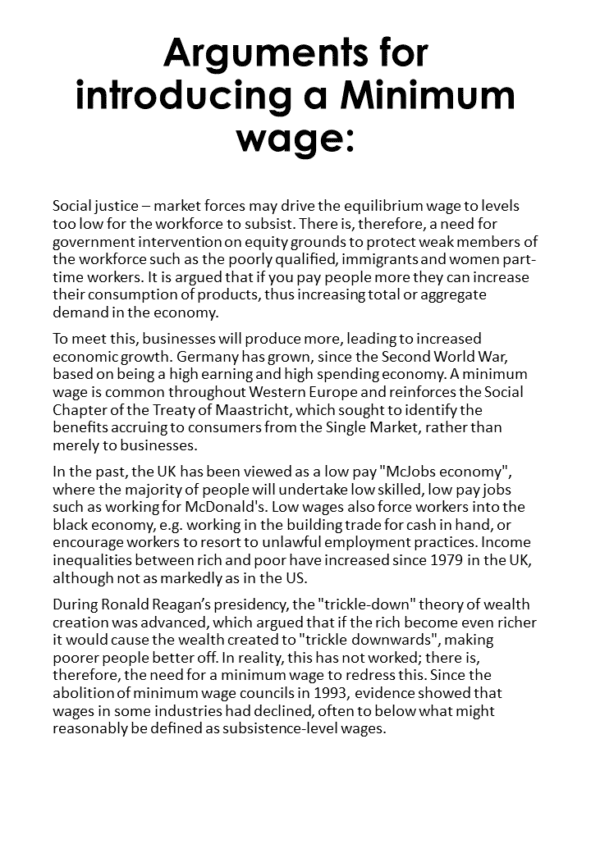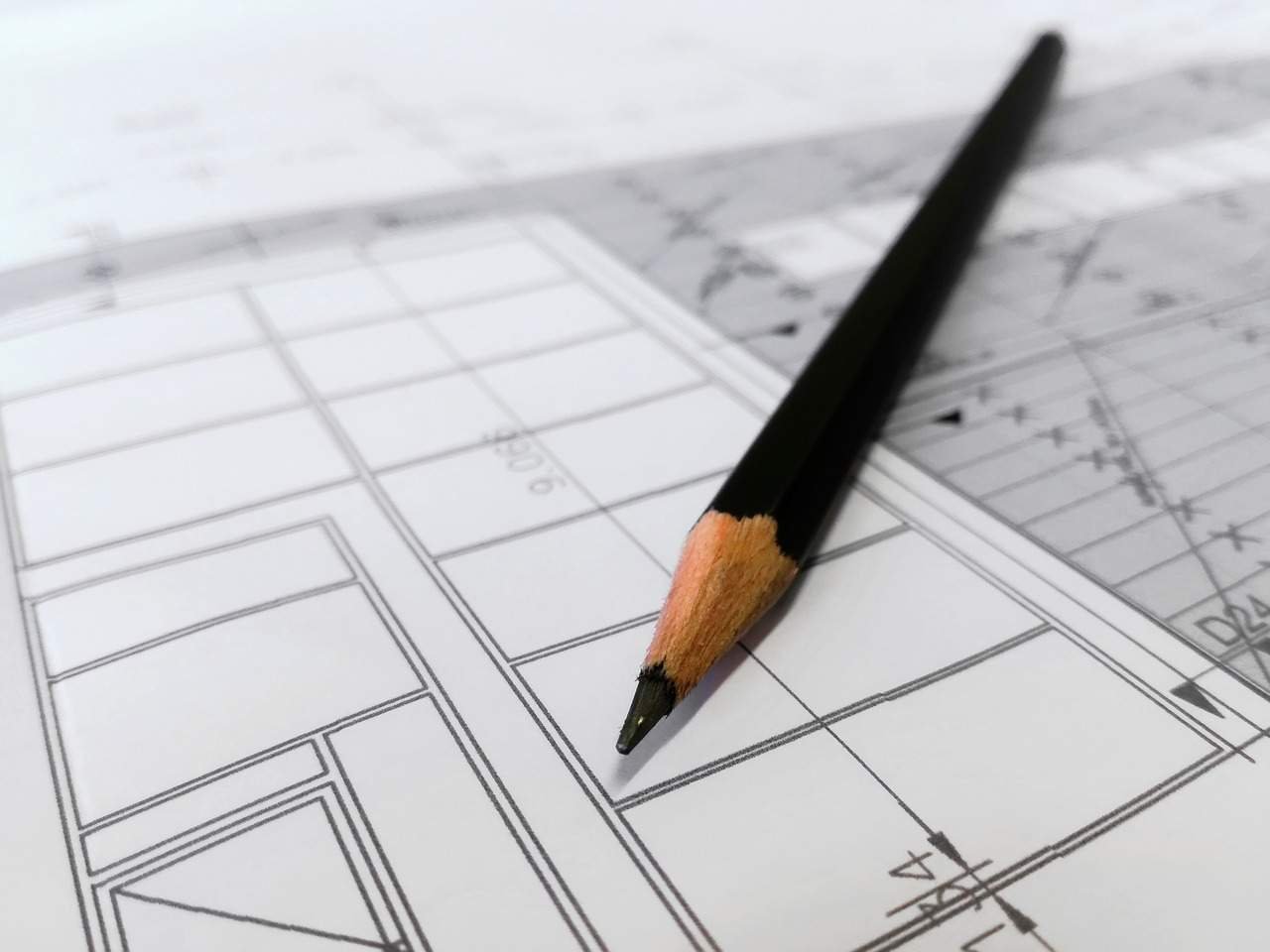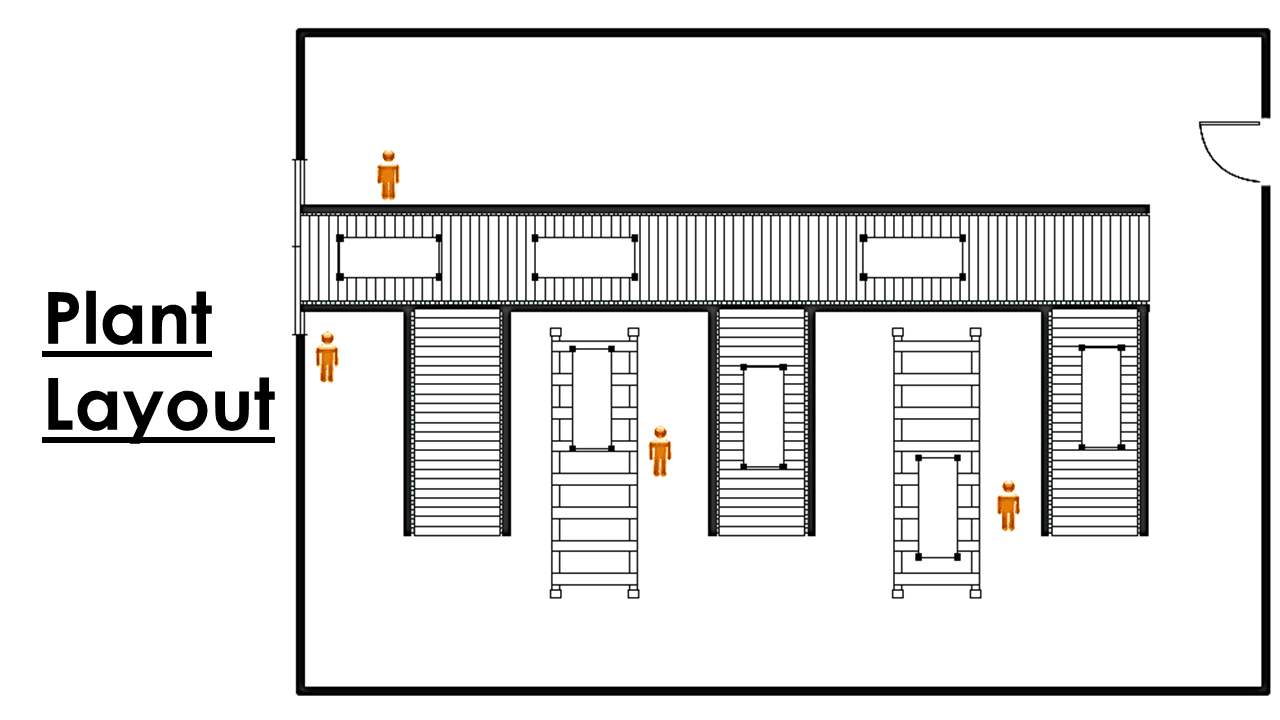Understand the concept of Trial Balance [In Hindi]. Learn about its meaning, definition, objectives, advantages, methods, and limitations. It is a listing of all the accounts and their respective balances. It is a statement of debit balance and credit balance extracted from ledger accounts on a particular date. This article explains Trial Balance with the topic of Introduction, Meaning, Definition, Objectives, Advantages, Methods, and Limitations. It is a two-column schedule listing the titles and balances of all the accounts in the order in which they appear in the ledger. The debit balances lists in the left-hand column and the credit balances in the right-hand column. In the case of General Ledger, the totals of the two columns should agree.
Here is the article explaining Trial Balance with the topic of Introduction, Meaning, Definition, Objectives, Advantages, Methods, and Limitations in accounting.
We, now, know the fundamental principle of the double-entry system of accounting where for every debit, there must be a corresponding credit. Therefore, for every debit or a series of debits given to one or several accounts, there is a corresponding credit or a series of credits of an equal amount given to some other account or accounts and vice-versa. Hence, according to this principle, the total of debit amounts must equal the credit amounts of the ledger at any date. If the various accounts in the ledger are balanced, then the total of all debit balances must be equal to the total of all credit balances.
If the same is not true then the books of accounts are arithmetically inaccurate. It is, therefore, at the end of the financial year or at any other time, the balances of all the ledger account extract and record in a statement known as Trial Balance and finally totaled up to see whether the total of debit balances is equal to the total of credit balances.
Meaning of Trial Balance:
They may thus define as a statement of debit and credit totals or balances extracted from the various accounts in the ledger books to test the arithmetical accuracy of the books. The agreement of the Trial Balance reveals that both the aspects of each transaction have been recorded and that the books are arithmetically accurate. If both sides of Trial Balance do not agree with each other, it shows that there are some errors, which must detect and rectify if the correct final accounts are to prepare.
Thus, Trial Balance forms a connecting link between the ledger accounts and the final accounts. It is a statement of debit and credit balances taken out from all ledger accounts including cash books. The golden rules that “Accounting equation remains balanced all the time” and “For every business transaction there is an equal debit and credit” shall always prevail in the whole accounting theory. Therefore, the total of all debit balances must be equal to the total of all credit balances. To verify this, a schedule known as they prepare.
Balances of debits and credits are to extract from all ledger accounts, including cash books, and shown in this schedule. This schedule prepares to assure the management of the arithmetical accuracy of books of accounts. This schedule facilitates the preparation of final accounts. Generally, it prepares at the end of each accounting year; however, it can prepare at the end of each month, quarter, or the end of any chosen period.
Definition of Trial Balance:
It is a list of debit and credit balances of all the ledger accounts extracted on a given date. Following are the main definitions of the trial balance;
Accounting in the first definition is as,
“Trail balance is the list of debit and credit balances, taken out from the ledger, it also includes the balances of cash and bank taken from the cash book.”
Accounting in the second definition is as,
“The statement prepared with the help of ledger balances at the end of the financial year (or at any other date) to find out whether debt total agrees with credit total is called a trial balance.”
When one account debit, another account credit with an equal amount. Therefore, it is quite evident that the total of debit balances of the ledger accounts of given transactions will be equal to the total of the credit balances. It must state here that the total of the debit balance column must be equal to the total of the credit balance column. This is so because under the double-entry system, for each item of debit there is a corresponding credit, and secondly all the transactions recorded in the books of original entry transfer to the ledger.
Objectives of Trial Balance:
The following are the main objectives of preparing the trial balance:
1] To check the arithmetical accuracy of books of accounts:
According to the principle of the double-entry system of book-keeping, every business transaction has two aspects, debit and credit. They base on the double-entry principle of debit equals credit or credit equals debt. As a result, the debit and credit columns of they must always be equal. If they do, it assumes that the recordings of financial transactions are accurate.
Conversely, if they do not, it assumes that they are not arithmetically accurate. Therefore, one important purpose of preparing trial balance is to provide a check on the arithmetical accuracy of the recordings of the financial transactions. So, the agreement of the trial balance is proof of the arithmetical accuracy of the books of accounts. However, it is not conclusive evidence of their accuracy as there may be certain errors. Which they may not be able to disclose.
2] Helpful in preparing final accounts:
They record the balances of all the ledger accounts at one place which helps in the preparation of final accounts, i.e. Trading and Profit and Loss Account and Balance Sheet [Hindi]. But, unless they agree, the final accounts cannot prepare. Final accounts prepare to show profit and loss and the financial position of the business at the end of an accounting period.
These accounts prepare by using the debit and credit of all ledger accounts. Therefore, since the trial balance is a statement of the debit and credit balances of the ledger accounts, it provides the basis for the preparation of the final accounts. So, if the trial balance does not agree, errors locate and necessary corrections are made at the earliest. So, that there may not be unnecessary delay in the preparation of the final accounts.
3] To serve as an aid to the management:
By comparing the trial balances of different years changes in figures of certain important items such as purchases, sales, debtors, etc. ascertain and their analysis make for taking managerial decisions. So, it serves as an aid to the management.
4] To Summarize the financial transactions:
A business performs several numbers of financial transactions during a certain period. The transactions themselves can not portray any picture of the financial affairs of the business. For that purpose, a summary of the transactions has to draw. They prepare to intend to summarize all the financial transactions of the business.
5] To Help to detect accounting errors:
Since the trial balance indicates if there is any error committed in the journal and the ledger. It helps the accountant to locate the error because the starting point of locating errors is trial balance itself. It has been pointed out in an earlier paragraph that if they not agree, the accountant must locate such errors.
The accountant must give equal emphasis or weight-age to both small and wide differences found in a Trial Balance. Because there may be several errors that have practically compensated the effect of one another producing a small difference.
Advantages of Trial Balance:
The important advantages of a trial balance are;
- To help of summarizes all the financial transactions of the business. Also, presents to the businessman a consolidated list of all ledger balances.
- It is the shortest method of verifying the arithmetical accuracy of entries made in the ledger.
- If the total of the debit side/column is equal to the total of the credit side/column, the trial balance says to agree. Otherwise, it implies that some errors have been committed in the preparation of accounts.
- It helps in the preparation of the final accounts i.e., Trading a/c. Profit and loss a/c and Balance Sheet.
- To help in locating or detecting errors in accounting balances. As well as, helps the accountant to locate the error. Because, the starting point of locating errors is trial balance itself.
- They serve as a summary of all the ledger accounts and provides a complete summary report of each account in the ledger.
Methods of Trial Balance:
A trial balance can prepare by the following three methods;
1] Total method:
In this method, the debit and credit totals of each account are shown in the two amount columns (one for the debit total and the other for the credit total). Under these methods, the trial balance prepares by taking up the total of debits and credit of all ledger accounts.
2] Balance Method:
In this method, the difference of each amount extracts. If the debit side of an account is bigger in amount than the credit side. Also, the difference is put in the debit column of the Trial Balance and if the credit side is bigger. The difference writes in the credit column of the Trial Balance. Under these methods, only the balances of all the ledger accounts take up to prepare the trial balance.
3] Compound Method:
The compound method is the combination of both the methods, total method, and balance method. Thus, the compound method also knows as a total cum balance method.
Limitations of Trial Balance:
The following are the main limitations of the Trial Balance;
- They can prepare only in those concerns where the double-entry system of accounting adopts.
- Though trial balance gives arithmetic accuracy of the books of accounts but there are certain errors. Which not discloses by the trial balance. That is why it says that trial balance is not conclusive proof of the accuracy of the books of accounts.
- If the trial balance does not prepare correctly then the final accounts prepared will not reflect the true and fair view of the state of affairs of the business. Whatever conclusions and decisions are made by the various groups of persons will not be correct and will mislead such persons.
- When the accountant makes an excess debit; or, excess credit entry although the same being neutralized by excess credit; or, excess debit respectively in the same or another account, such error recognizes as an error of compensation.
- When if the wrong amount writes at the initial stage then also the error can not disclose through the totals of trial balance are agreed upon.



















